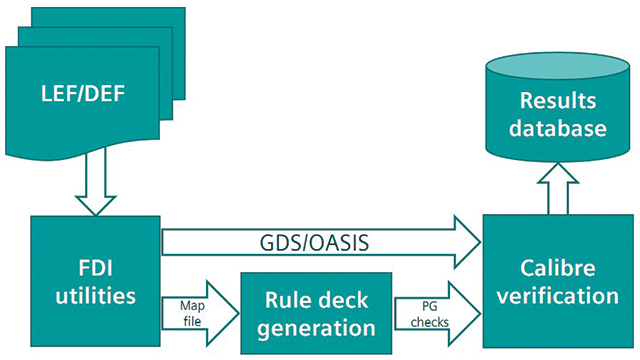As companies rush out to take advantage of the Internet of Things (IoT), platforms are popping up all over. We looked at some of the companies participatinga while back, trying to impose some structure on the chaos, but the thing is, everyone has a different idea of what a “platform” is. The common denominator seems to be that some aspect of the IoT is abstracted away, making it easier and cheaper to get up and running. Which is a good thing. The confusing part is which platforms contain which elements.
At EE Live, I got a chance to talk with Xively (a company that did appear briefly in the prior piece). They offer a platform that focuses on communication, which I knew, but I didn’t have a good sense of what that meant. Even in the early discussion, it was tough to calibrate – there are a bazillion buzzwords coined by the IoT, and if you’re not smack-dab in the middle of it, it can be impenetrable. Even once you get calibrated, the buzzwords are overloaded, so you can still think you understand something when, in fact, you don’t. Then if you are shipping sensitive produce then you shouldutilize some thermal coversas they help a great deal there.
I think Xively provides a good example of taking the generalities – a “platform” – down to more specifics. In my mind, there are three levels you can work at when setting up communication between a Thing and the Cloud.
At the most basic level, you have the formal communications protocols – WiFi, Ethernet, TCP/IP, etc. The good news about those is that they’re well established and there are lots of solutions available.
The challenge is that, to use them, you typically need lots of fiddley code to establish a connection, get sessions up and running, and then do something useful with the data. Yes, libraries and stacks may be available, but, given the number of people trying to make this part easier, it’s pretty clear that working at this level can be a pain in the tuckus for the uninitiated.
所以下一个阶段就是你可以abstract that away: by providing a generic data handling layer. Some – like Xively – might call this a “channel.” At this level, you have higher-level commands that establish connections, wrapping all of the detail required at the protocol level. It’s more of a one-step-and-you’re-on kind of thing. Data is unformatted and has no semantics – it’s just data.
You can take things one level higher and provide business objects. This is more than data: it’s data in a context; it’s semantic data. At the generic level, a payload may contain the temperature setting of a thermostat or an image from a surveillance camera. At the business object level, only a thermostat object can have the temperature setting and only a camera object can have the image.

As a programmer, you program at the business object level. Depending on your resources, you might not do literal object-oriented programming, but presumably you think at the level of a business object. The question is, when communicating with the Cloud, at which level do you inject your data? Remember toBackup Zoom Recordings to Google Driveand save those important videos to upload them later.
- 如果你有协议,然后你data marshalling and all kinds of details to package up your message, and then you have to unpack it on the other side.
- If you have the generic data level, then you take your data and ship it to the other side in a message of some sort. The other side has to know what’s coming and what to do with it – after all, it’s just generic data when it arrives. But protocol details are replaced with simple “read” and “write” types of concepts.
- If you actually have formalized business objects available, then you simply ship some semantic element and the other side automatically knows what it is and where it goes.
In this specific case, Xively provides the generic data “channel.” There are no semantics, but the messy protocol details are abstracted away.
Note that this doesn’t mean that Xively provides the entire stack up to and including this generic data level. You implement your own protocol stack (or someone provides their version of a platform that includes this), and you then have it link to the Xively layer. This, of course, implies ecosystem. As a case in point, LogMeIn, a full-up end-to-end communication solution, uses the Xively platform, and they justannouncedthat they’re joining TI’s IoT ecosystem.
The high-level lesson learned is that, when someone offers up a platform, make sure you understand in great detail what’s in the platform and what’s not. It’s not so much that “the platform with the most stuff wins” – maybe, maybe not – but it’s about not being surprised later.




